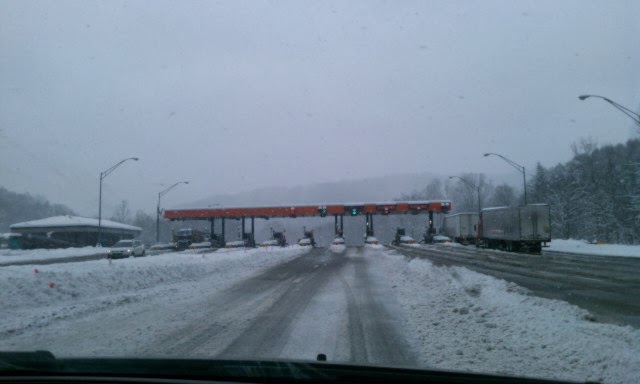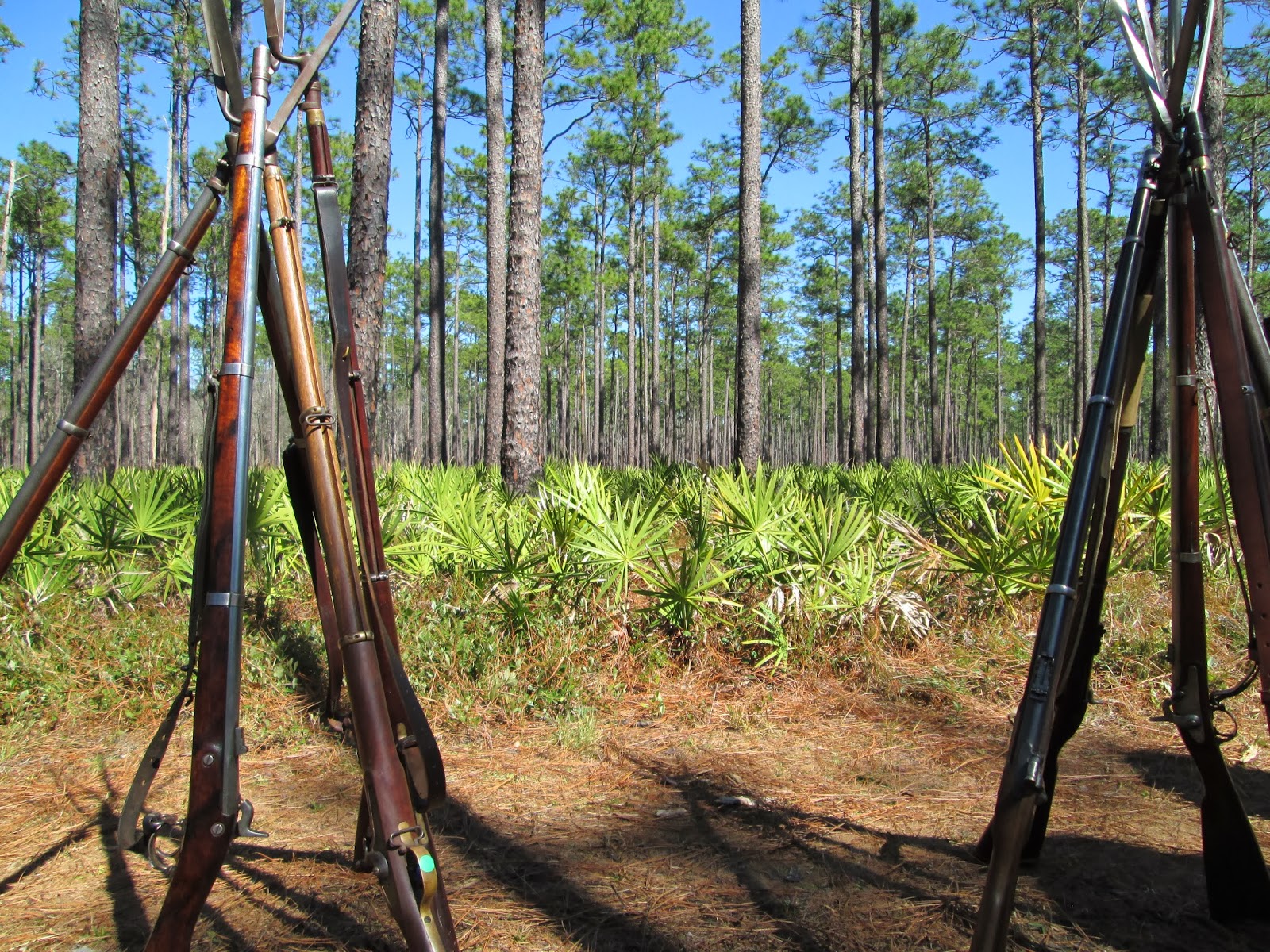150th Battle of Franklin
Franklin, TN
November 15-16, 2014
I set up my pitiful excuse for a dog tent, grumbling about my need to make longer uprights for it. One of these days I’ll get around to it.
 |
| My pitiful dog tent |
No shovel, but the fire pit had to be dug. I was assigned the detail of digging the pit, and with the assistance of Pvt Myers we moved the dirt with a hatchet and bayonet. Pvt Foust used his ingenuity and procured a shovel from a neighboring camp and finished the pit out for us.
We were informed that firewood for Friday evening was in short supply, but more would come in the morning. We were to take only what we needed. We set up a stack and I piled some wood in the pit to ready a fire, but we waited to start it so that we could make a trip into town to visit the local pub for some burgers.
We first hit a few of the Franklin Battlefield sites about the town, seeing where several significant actions took place, then made our way to dinner.
A few, including Capt Sharp, stayed behind to cook their meal. I chose to join the crew for burgers as I like to be lazy the first night after the work of setting camp—plus I wasn’t sure I had brought enough provisions to include Friday evening meal. Within the warmth of the pub and full on what must have been a half pound of beef, I received word that Capt Sharp was having difficulty getting the fire going. Since Sgt Kletzi was unable to attend due to surgery, I knew that he couldn’t be the source of the difficulty, so I was a bit confused as to why the captain would have trouble. My pile included plenty of kindling plus a couple of firestarters, so a single match should be all it took to get a good bonfire.
I found my explanation when I returned to camp. By the time I arrived a small fire was smoldering in the pit, but almost no flame nor heat came from it. It looked as though the men were gathered around a candle trying to keep warm. The cold had started to hit, but the fire refused to warm us due to wood that was extremely green. It was as though the wood had been chopped down from living trees the night before. I piled a few more logs onto the flames, but it was to no avail. It took until well into the night before a decent flame was emitted within the dense cloud of smoke pouring out of the pit.
The night was cold. Well, that does not quite describe it. The night was very cold. Bitter cold. Artic cold. So cold even the fire couldn’t burn. It might not have been a night where hell was freezing over, but certainly the lake of fire needed stoking. The morning report told us that Louisville experienced a record low of 16 degrees. We heard mixed reports of somewhere between 18 and 22 for us.
 |
| Pvt Foust struggles to get warm. |
As company clerk, my duty for this event was the morning reports. In total, we had 18 soldiers, seventeen rifles, including Sgt Carte’s as acting 1st Sergeant. We made it through the night, but supplies were grim. No water buffalos, though we were promised them the night before. Sufficient water was provided within the time of our need for them, but only by a supply of one gallon jugs. Porta johns were sufficient, but only convenient for the Yankees—we could only get to them by trudging through the Yankee camps, which fortunately was not far, but still—a little awkward. Servicing of the porta-lets was non-existent, so by Saturday afternoon they had become unusable—but the park gave us all-night access to the permanent facilities.
Overall, there was an air of disorganization about, but it was what it was.
The battle itself went well, following a decent scenario from the Battle of Franklin, though there was a bit of confusion from not knowing the colonel’s command style, which was far different from the various battalions we’ve fallen in with in the past.
We opened forming a skirmish line, and I found my new trousers to be troublesome as the smaller pockets kept spitting out all my possessions all over the battlefield. Somewhere is a pocket knife someone else will enjoy.
We soon advanced in waves upon the Federal breastworks, eventually failing the charge.
Saturday evening a few of us wanted to try to make for Stone’s River to see a bit of the museum, but unfortunately were delayed by a technical issue with one of the vehicles, so opted instead to run to the local Taco Bell for supper.
Upon our return, Pvt Hampton somehow succeeded in creating a blaze that stood to his reputation, warming us to the point that vests were all that were sufficient to hold back the cold. The night was warming than the previous, but rumors were abounding of possible sleet hitting us during the early morning hours. Some of the Rebels, scared off by the rumors, deserted. We discussed the option of leaving, but decided it best to stay and await for what the morning would hold for us. We had come this far and had been through the worst with the night before—we should at least see what was in store for us in the morning.
I woke Sunday morning almost too warm, not quite so tightly bundled in my sleeping bag as I had been the night before. A light pattering of spitting rain danced on my canvas as I struggled to convince myself to squirm out of my coverings.
A glance about revealed by the absence of canvas that a large portion of the Rebel force had gone AWOL due to the weather, with the Yankees across the field soon following. It did surprise us a bit to see the Confederate forces leaving first, as in the North we’re used to seeing the Yankees desert first at the sign of inclement weather. We decided to join the crowd and abandon the cause, packing up our gear. We were held up by another technical issue—one of ours locking their keys in their car—so we held on in the rain. Soon, the captain of the other 1st TN came over to tell us the event was canceled, so once our comrade freed the keys from his vehicle, we made our way to Stone’s River to view the museum, stopping first at the Confederate Cemetery at the edge of the park.
We viewed the museum and drove around the battleground, spending little time out due to the continuous rain. From there, we drove to the Sam Davis Homestead, where artifacts from the original 1st Tennessee were said to be. Unfortunately, we found the place closed on Sundays, so settled for a few cameo photos of the cotton field.
 We finished our day driving to the Civil War Museum in Bardstown, Kentucky, arriving about a half hour before they closed. It was an experience to see this museum, and I wish we had more time, as the artifacts were more than could be viewed in the little time we had. An elderly volunteer, however, offered to take us up to another location of the museum, just to the top of the hill, and show us the flag captured with John Hunt Morgan, in spite of it being after-hours. We were able to see that among many other things in that other part of the museum.
We finished our day driving to the Civil War Museum in Bardstown, Kentucky, arriving about a half hour before they closed. It was an experience to see this museum, and I wish we had more time, as the artifacts were more than could be viewed in the little time we had. An elderly volunteer, however, offered to take us up to another location of the museum, just to the top of the hill, and show us the flag captured with John Hunt Morgan, in spite of it being after-hours. We were able to see that among many other things in that other part of the museum.News Article
Video
Video
 The battle hot and heavy, I’m fighting for my home.
The battle hot and heavy, I’m fighting for my home.The Yanks have got Nashville, and the lead is falling down.
My mate Frank fires his musket, a ball takes me down.
And on this field I lay, wondering if tomorrow I'll be home.
A victory or defeat escapes my eyes and ears
For I am buried to keep the crows from feeding
Upon my flesh which finally stopped bleeding
And leaves my kin in tears.
But one day comes and I am dragged
to one corner of that field
Where with my mate Frank I lay
And rest through the years.
Time goes by and a Juniper grows
That forgotten may we not lay
Marked by a stone that all may see
That Frank and John fought and died
And now lay under the Juniper tree.















